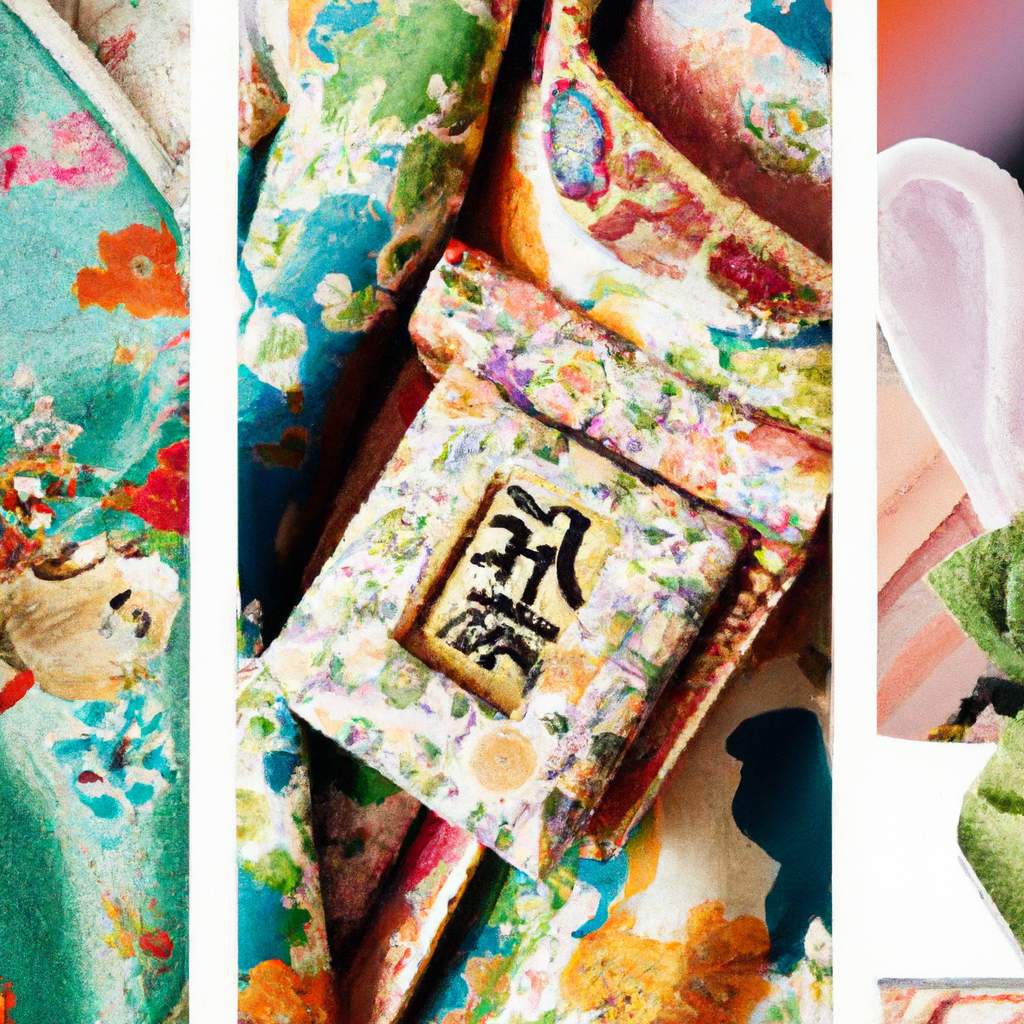Japan stands out from other countries due to its incredible cultural richness. Tokyo, its capital, is particularly known for its fashion. Traditional styles and chic styles have emerged, bringing with them a variety of new clothing trends. While the traditional fashion trend is still centered around the kimono, there are many other diverse styles to explore. In this article, you will discover the evolution of Japanese fashion, explore other style trends, and learn about the significance of wearing traditional Japanese garments.
The invention of any clothing is not a random occurrence. According to history, up until the 19th century, Japanese fashion consisted of a single type of clothing, the kimono. This is a T-shaped robe with very long sleeves, worn by men, women, and children. From 1850 onwards, with the opening up to the outside world, this garment was worn by Western military personnel. Thanks to the creative and innovative spirit of Japanese designers, numerous Japanese fashion styles emerged. Around the year 2000, Japanese fashion was heavily influenced by Western style. There are two styles of Japanese clothing: the first is the traditional style known as "wafuku," such as the kimono, and the second is the Western style known as "yōfuku," such as Japanese streetwear.
What are the fashion trends in Japanese clothing styles?

Japanese clothing fashion can be divided into two main categories. The first one is traditional style, which is based on the kimono. However, this style has evolved over time and now includes ready-to-wear options for women and children, following current fashion trends. Besides the kimono, there are other popular traditional garments such as the Haori, which is a kimono jacket with wide sleeves, and the Hakama, which is a wide pleated pants. The Yukata is a summer garment usually made of cotton, and the Jinbei is an elegant pajama-like outfit consisting of a jacket and shorts. Furisode is another traditional garment worn by unmarried young women.
On the other hand, Japanese streetwear fashion is heavily influenced by Western styles. These outfits are casual and often include accessories like caps, hoodies, and beanies. The Western influence can also be seen in the Lolita trend, where young girls dress up like dolls with frilly dresses or skirts, lace, and veils. The streetwear style can also have a childlike spirit, like the Manga trend or the cosplay style, where people dress up as their favorite animated or video game characters. Additionally, there is the "gyaru" or "girls" trend, which highlights the sexy and sometimes provocative style of young women wearing short skirts and boots, without being too vulgar.
Japanese people pay great attention to clothing as it represents their status and image in society. There are different styles of Japanese clothing for both men and women, including more casual styles for young girls and women. Traditional styles, such as the kimono, are also popular for ceremonial occasions. Wearing a traditional kimono is considered an art form that symbolizes grace and elegance, and it is an important part of Japanese culture, sometimes even serving as a national costume. Kimono trends can be worn for family ceremonies, gatherings, traditional weddings, major events, funerals, and more.
Additionally, you can choose to wear Western trends for certain occasions, such as going to school, work, or for leisure activities. Wearing these types of clothing can help you stand out and change your look to follow the latest fashion trends.
